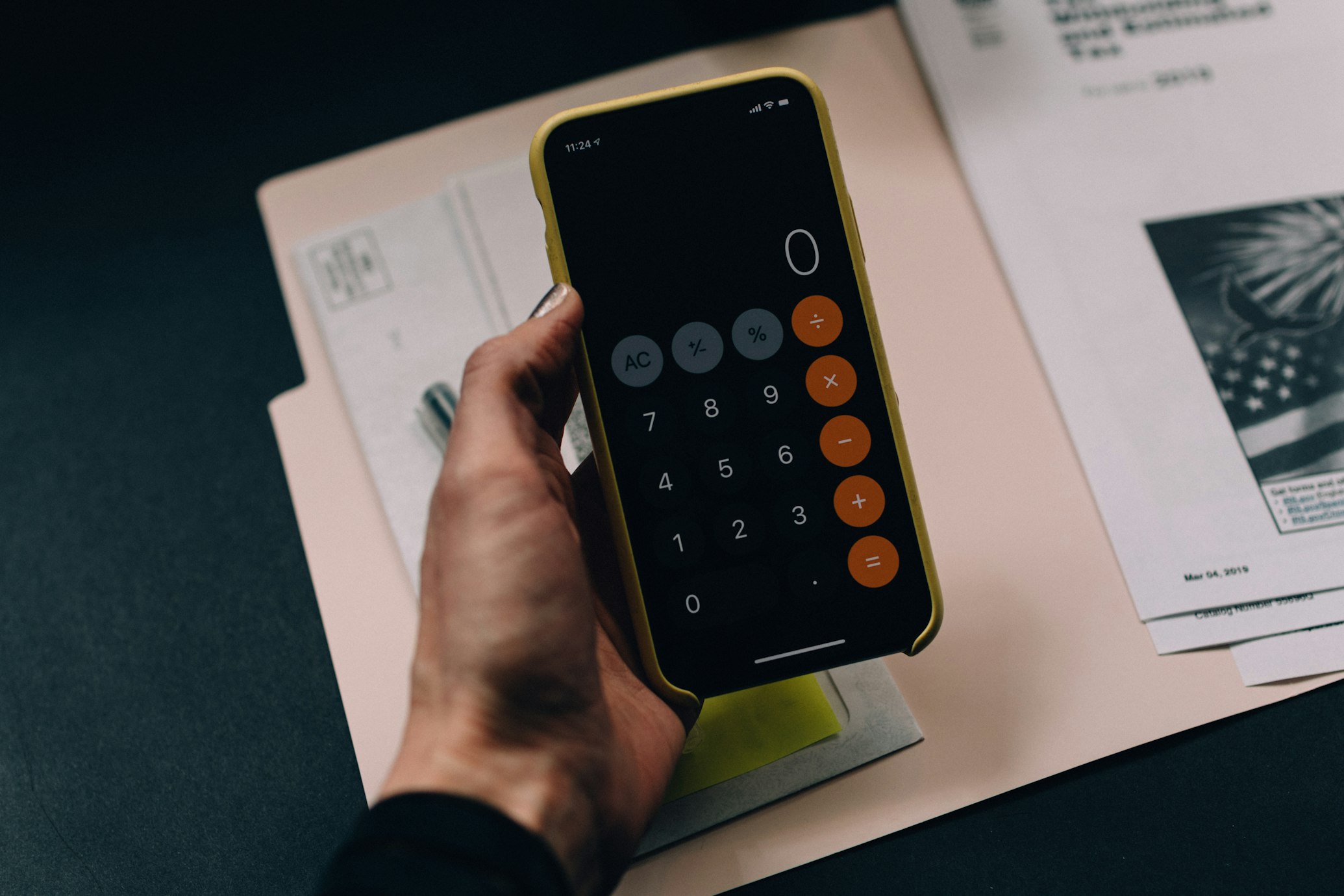Emergency Fund Calculator: Ensure Your Financial Stability Today
Use our emergency fund calculator to determine the amount of savings you need to ensure financial stability. Our calculator helps you budget and manage your personal finance effectively. Start building your emergency fund today.
What Is an Emergency Fund Calculator?
Life is full of surprises, both good and bad. Unfortunately, not all surprises come with good news, and some of them can be quite costly. This is where an emergency fund comes in handy. An emergency fund is a safety net that helps you cover unexpected expenses like medical bills, car repairs, or even job loss.
But how much should you save for an emergency fund? This is where an emergency fund calculator can help. An emergency fund calculator is a tool that helps you calculate how much money you need to save to cover unexpected expenses for a certain period.
Using an emergency fund calculator, you can input your monthly expenses, your income, and your savings to determine the recommended emergency fund amount. It takes into consideration your monthly expenses, income, and other factors, such as your job stability and the number of dependents you have.
An emergency fund calculator can give you a sense of security and peace of mind. It can help you feel more prepared for any surprises life may throw your way. Whether you're just starting to build your emergency fund or want to make sure you have enough saved, an emergency fund calculator can be a valuable tool in your financial planning.
So, if you want to ensure your financial stability, try using an emergency fund calculator today. You might be surprised at how much you need to save, but you'll also be glad to have a plan in place for unexpected expenses.
How to Use an Emergency Fund Calculator
1. Gather all necessary financial information: Before using the emergency fund calculator, gather your financial information such as monthly expenses, monthly savings, and current emergency fund balance.
2. Enter your financial information: Once you have all your financial information ready, enter it into the emergency fund calculator. Input the number of months you would like to have covered by your emergency fund, current emergency fund balance, monthly expenses, and monthly savings.
3. Analyze your results: After entering your financial information into the calculator, analyze the results. The calculator will show you how much you need to save to reach your emergency fund goal and the number of months it will take you to reach that goal.
4. Adjust your finances: Use the calculator's results to adjust your finances accordingly. If the calculator shows that you need to save more money each month, adjust your budget to free up more money for savings.
5. Monitor your progress: After making adjustments to your finances, monitor your progress regularly. Keep track of your monthly savings and emergency fund balance to make sure you are on track to reaching your emergency fund goal.
Benefits of Using an Emergency Fund Calculator
An emergency fund calculator can be an invaluable tool when it comes to your financial planning. Here are some of the key benefits of using an emergency fund calculator:
- Accuracy: By using an emergency fund calculator, you can get an accurate idea of how much money you need to set aside for emergencies. This can help you avoid the common mistake of underestimating how much money you need to save.
- Customization: Many emergency fund calculators allow you to customize the inputs to match your specific situation. This means you can account for factors such as your monthly expenses and income to get a more accurate estimate of how much you need to save.
- Goal-setting: An emergency fund calculator can help you set a specific savings goal and track your progress towards that goal. This can be a great motivator to keep you on track with your savings.
- Time-saving: Calculating how much you need to save for an emergency can be a complex and time-consuming process. An emergency fund calculator does the work for you, saving you time and energy.
- Peace of mind: Knowing that you have an emergency fund in place can give you peace of mind and help you feel more secure about your financial future. By using an emergency fund calculator, you can ensure that you have enough savings to cover unexpected expenses and emergencies.
Tips for Building an Emergency Fund
Building an emergency fund is an important step towards securing your financial future. Here are some tips to help you get started:
- Set a realistic goal: Before you start building your emergency fund, it's important to set a realistic goal. This means determining how much money you need to save to cover your expenses in case of an emergency.
- Create a budget: Creating a budget can help you identify areas where you can cut back on your expenses and save more money towards your emergency fund.
- Automate your savings: Automating your savings is an easy way to ensure that you're consistently putting money towards your emergency fund. You can set up automatic transfers from your checking account to your savings account each month.
- Start small: Building an emergency fund can seem overwhelming, especially if you're starting from scratch. Start small by setting aside a small amount of money each week or each month, and gradually increase your savings over time.
- Make it a priority: Building an emergency fund should be a priority. Make sure you're putting money towards your emergency fund before spending money on non-essential items.
- Keep your emergency fund separate: It's important to keep your emergency fund separate from your other savings accounts. This will help you avoid dipping into your emergency fund for non-emergency expenses.
- Reassess your emergency fund regularly: Your emergency fund needs may change over time, so it's important to reassess your emergency fund regularly to make sure you're still on track to meet your goals.
- Don't touch your emergency fund: Your emergency fund is for emergencies only. Avoid dipping into your emergency fund for non-emergency expenses, and make sure you're only using your emergency fund when you really need it.
- Be patient: Building an emergency fund takes time and patience. Don't get discouraged if you're not able to reach your goal right away. Keep working towards your goal, and celebrate your progress along the way.
- Stay motivated: Building an emergency fund can be challenging, but it's an important step towards financial security. Stay motivated by reminding yourself of why you're building an emergency fund and the benefits it will bring.
Conclusion
Now that you have a better understanding of emergency fund calculators, how to use them, and their benefits, you can start building your own emergency fund today. Remember, it's never too late to start, and having an emergency fund can provide peace of mind and financial stability during uncertain times.
By following the tips outlined above and utilizing the emergency fund calculator, you can create a realistic plan to save for unexpected expenses and protect your financial well-being.
Start building your emergency fund today and take control of your financial future.
- Struggling to Save? Try These 10 Money-Saving Hacks
- 13 Best Financial and Investment Calculators
- Mastering the Art of Frugal Living: A Comprehensive Guide to Smart Shopping
- A Comprehensive Collection of Investing and Financial Books
- The Ultimate List of Investing Podcasts
- Strategic Investing: Why You Should Look Beyond the Stock Market Celebrities
- The Harsh Truth About Dividend Investing
- Where to Buy Domains: Finding the Best Deals
 The AI Gold Rush: Navigating the Thin Line Between Innovation and Overvaluation in Business
The AI Gold Rush: Navigating the Thin Line Between Innovation and Overvaluation in Business- Sweet Dreams: 7 Smart Sleep Investments for a Restful Night.









